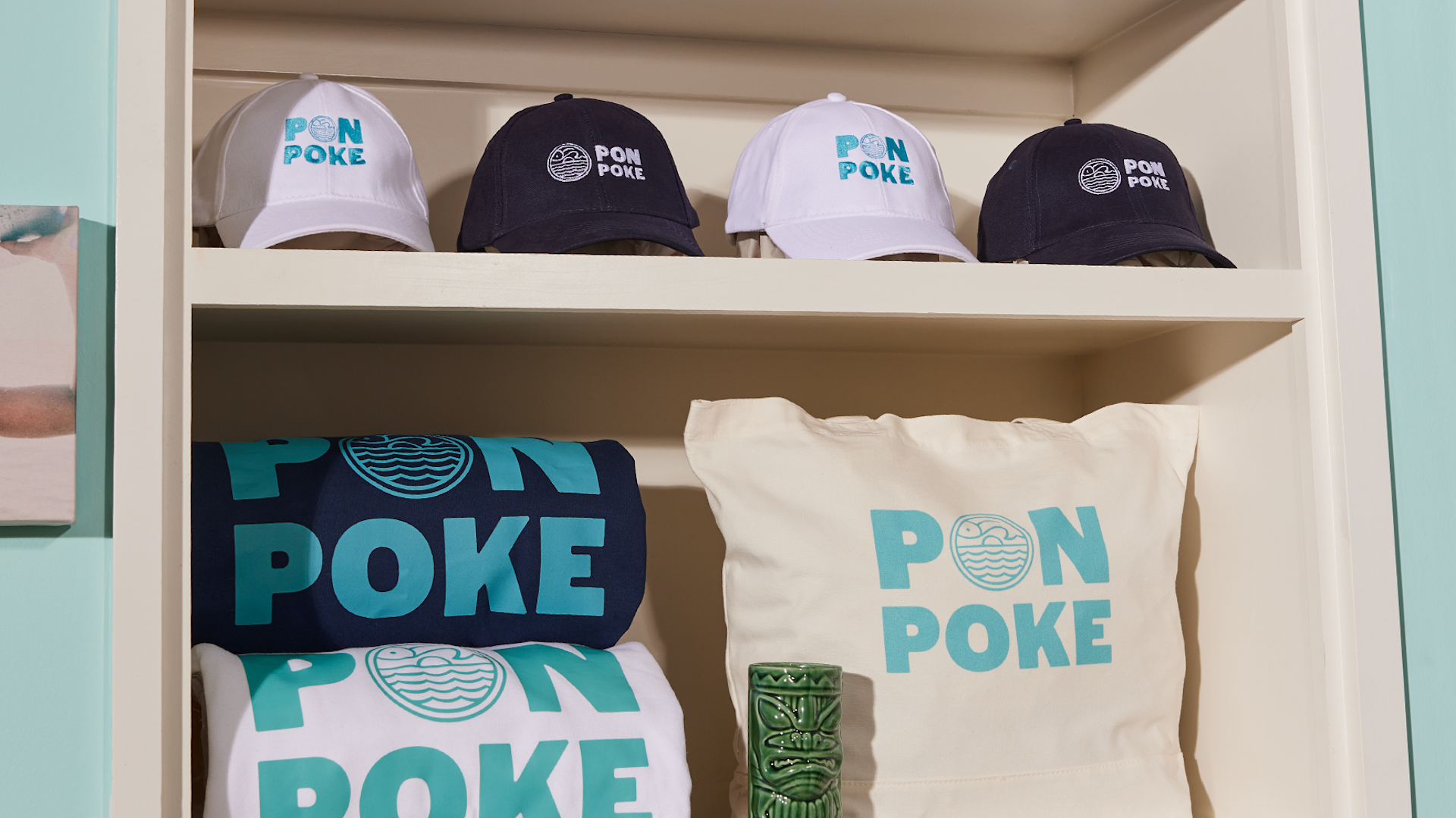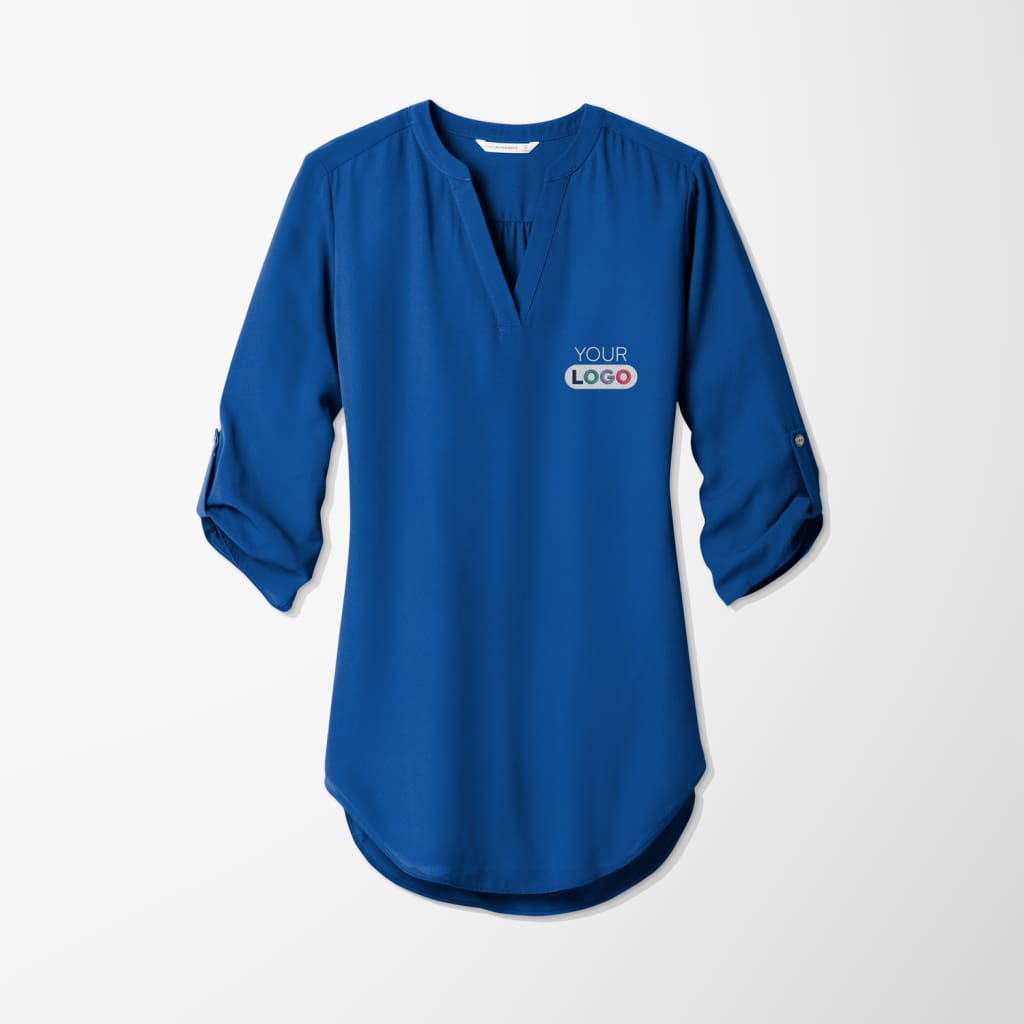Recognizing Clothing: The Relevance of Material Selections in Your Wardrobe
The selection of textile in clothing plays a critical role in both aesthetic appeals and performance. Various products supply differing levels of toughness, breathability, and comfort, directly affecting the wearer's experience. Understanding these subtleties can enhance one's wardrobe significantly. Yet, lots of overlook exactly how these selections can influence not just personal style, yet likewise sustainability. What fabric choices could redefine your wardrobe and align it with both design and responsibility?
The Function of Material in Style and Functionality

Typical Fabric Kinds and Their Features
When selecting clothing, recognizing the features of usual textile types is necessary for making educated selections. Cotton, a widely-used all-natural fiber, is known for its breathability, convenience, and soft qualities, making it suitable for laid-back wear and daily garments. Linen, another all-natural option, flaunts superb moisture-wicking residential properties and a distinct appearance, perfect for cozy climates.Wool, commonly favored for its heat and longevity, varies in excellence; merino woollen is soft against the skin, while coarser types are used for outerwear. Artificial materials like polyester and nylon use resilience and resistance to creases, making them popular for activewear and travel garments. Ultimately, blends, which integrate synthetic and all-natural fibers, can boost performance while keeping comfort. By recognizing these fabric qualities, individuals can select apparel that aligns with their way of living and aesthetic preferences.
Breathability and Convenience: Selecting the Right Fabrics for Different Environments
Picking the best fabrics for various climates can significantly improve comfort and overall wearability. Breathable materials are essential in warm climates, as they enable air flow and dampness evaporation. Fabrics such as cotton, bed linen, and moisture-wicking synthetics properly attract sweat far from the body, keeping the user cool and dry. Conversely, in colder environments, thicker materials like wool or fleece supply insulation while preserving breathability, making sure warmth without overheating.Additionally, the choice of fabric weight plays a crucial duty; lightweight textiles are better for summertime, whereas larger choices are matched for winter months wear. Comprehending the distinct residential properties of each textile allows people to dress appropriately for varying weather. Eventually, choosing breathable and comfortable fabrics tailored to specific environments can considerably boost day-to-day convenience and boost the total experience of using garments.
Toughness and Treatment: How Textile Impacts Long Life of Your Closet
Choosing the best products can substantially influence the toughness and treatment needs of a wardrobe. Fabrics such as cotton and polyester are understood for their durability and convenience of upkeep, making them ideal for day-to-day wear. In contrast, delicate products like silk and lace need more mindful handling and specialized cleaning techniques, which can increase the time and initiative needed for care. Branded Clothing.Durability is likewise affected by the material's weave and surface; firmly woven materials tend to withstand wear and tear better than loosely woven alternatives. Additionally, artificial blends usually give improved longevity, incorporating the very best qualities of multiple fibers.Understanding the treatment instructions for each and every material is necessary, as inappropriate drying or washing can bring about early wear. Eventually, choosing durable materials can cause a longer-lasting wardrobe, reducing the regularity of substitutes and adding to an extra lasting style option
The Influence of Fabric on Fit and Shape

Lasting Fabric Options: Making Eco-Friendly Choices
The influence of fabric expands beyond fit and shape to encompass environmental variables, motivating a growing rate of interest in sustainable textile options. Environmentally friendly fabrics, such as natural cotton, hemp, and Tencel, are obtaining traction amongst consumers who focus on sustainability in their closets. These materials are typically created with less chemicals and water, minimizing their ecological footprint.Additionally, recycled textiles, made from post-consumer waste, provide an ingenious remedy to the textile industry's pollution trouble. Brands increasingly welcome transparency in their sourcing approaches, permitting customers to make informed decisions about their purchases.Choosing lasting fabrics not only sustains moral techniques yet additionally motivates the fashion industry to take on even more liable production methods. As awareness of ecological concerns climbs, people are advised to show on the long-term influence of their textile choices, fostering a motion towards a much more ecologically aware and sustainable technique to fashion.
Raising Design: Exactly How Fabric Can Change an Attire
While lots of may concentrate on color and cut when selecting an outfit, the option Homepage of textile plays a vital duty in boosting design and boosting overall appearance. Various products convey distinctive state of minds and messages; as an example, silk radiates luxury and class, while denim uses a laid-back, unwinded ambiance. The appearance and drape of a textile can considerably alter the shape, with structured fabrics supplying a sleek look and softer ones developing a more fluid, relaxed aesthetic.Moreover, the weight of the fabric affects wearability across periods. Light-weight materials like bed linen and cotton are excellent for summer season, while larger materials such as woollen and velvet give heat and elegance in cooler months. Comprehending textile properties, such as breathability and stretch, additionally equips individuals to make educated selections that enhance comfort without compromising design. Ultimately, the right material can transform an outfit from ordinary to amazing, making it a crucial factor to consider in any closet.
Regularly Asked Questions
How Do I Recognize the Fabric Material of My Garments?
To a knockout post recognize textile web content, one can examine care tags, conduct shed examinations for fiber recognition, or consult fabric examples. These techniques help differentiate materials, ensuring notified options for clothing care and maintenance in daily wear.
Can Textile Selection Affect My State Of Mind or Confidence?
Material option can significantly affect an individual's state of mind and self-confidence. Branded Clothing. Specific products might evoke sensations of comfort or beauty, while others can feel uncomplimentary or restrictive, ultimately influencing self-perception and emotional health throughout the day
What Fabrics Are Best for Delicate Skin?
For individuals with sensitive skin, all-natural fabrics like bed linen, bamboo, and cotton are commonly advised. These products are breathable, hypoallergenic, and less most likely to cause irritation, making them ideal options for comfort helpful resources and skin wellness.
Exactly how Do I Effectively Laundry and Look After Different Fabrics?
To appropriately clean and care for various textiles, one have to think about each material's specific needs, including temperature level setups, detergents, and drying methods, making sure durability and maintaining the material's original qualities for suitable usage.
Exist Certain Fabrics for Athletic or Performance Use?
Athletic or performance wear frequently utilizes fabrics such as spandex, nylon, and polyester. These products are designed for moisture-wicking, breathability, and adaptability, improving activity and comfort during physical tasks while providing durability and support. On the other hand, in cooler environments, thicker materials like wool or fleece supply insulation while preserving breathability, making certain warmth without overheating.Additionally, the selection of material weight plays an essential role; light-weight materials are better for summer, whereas much heavier choices are matched for winter months wear. In contrast, delicate products like silk and lace require more careful handling and specialized cleansing methods, which can boost the time and initiative needed for care.Durability is likewise affected by the textile's weave and coating; tightly woven textiles have a tendency to stand up to wear and tear far better than loosely woven alternatives. In comparison, inflexible materials can restrict movement but supply a traditional, polished look.Moreover, the thickness and structure of the fabric can affect the visual assumption of body form. The influence of textile extends beyond fit and shape to incorporate environmental aspects, prompting an expanding rate of interest in sustainable textile selections. The texture and drape of a fabric can considerably modify the silhouette, with structured textiles providing a sleek appearance and softer ones developing an extra fluid, unwinded aesthetic.Moreover, the weight of the fabric influences wearability across seasons.